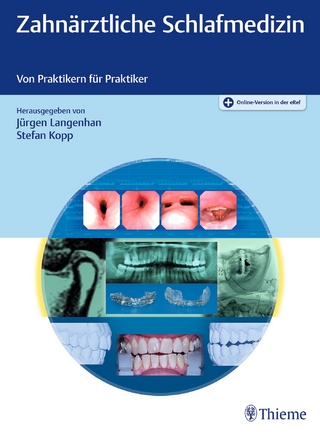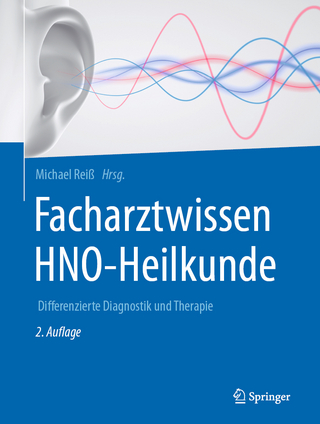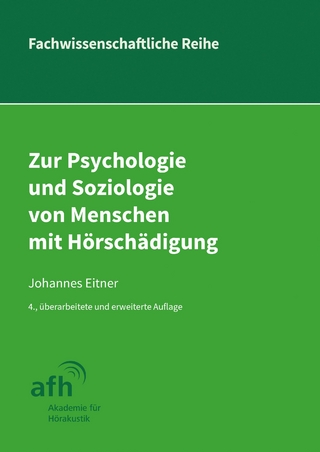
Balance Function Assessment and Management
Plural Publishing Inc (Verlag)
978-1-59756-547-9 (ISBN)
- Titel ist leider vergriffen;
keine Neuauflage - Artikel merken
THE BEST SELLING BOOK ON THE TOPIC! "Balance Function Assessment and Management", now in its second edition, continues to comprehensively address the assessment and treatment of balance system impairments through contributions from top experts in the areas of dizziness and vertigo. Designed for use in graduate audiology programs and by practicing audiologists, this is also a valuable text for those in the fields of physical therapy, otolaryngology, and neurology. Assessment chapters focus on ocular motility testing, positional/positioning testing, caloric testing, rotational testing, computerized dynamic posturography, and vestibular evoked potentials. Treatment chapters examine nonmedical, medical, and surgical treatments of dizziness and vertigo, vestibular rehabilitation, and assessment of and intervention for risk of falls. Additionally, this text provides background information on the vestibular and ocular motor systems with corresponding sample cases.
New topics addressed in this edition include: Development of the vestibular system, Central compensation following peripheral vestibular system impairment, Video head impulse test (vHIT), Biomechanics and physiology of balance, Electrocochleography (ECochG), Pediatric vestibular system and balance assessment, and Effects of age on the vestibular and balance systems. **An added bonus to the second edition is the PluralPlus companion website that offers additional reference materials, such as video clips, associated with the text.**
Dr. Gary Jacobson is Professor and Director of the Division of Audiology at the Vanderbilt Bill Wilkerson Center at Vanderbilt University Medical Center. Prior to this he was the Director of the Division of Audiology, and Adjunct Staff in the Department of Neurology for the Henry Ford Health System in Detroit, Michigan. He completed his undergraduate studies at California State University at Fullerton. He received his MS in Communicative Disorders (Audiology) at the University of Wisconsin-Stevens Point and received has PhD from Kent State University. He served as the Chief of the Audiology and Speech Pathology Section (Neurology Service) at the VA Medical Center in Cincinnati from 1979-1988. During that time he served as both Director of the Evoked Potentials Laboratory and, Director of the Intraoperative Monitoring Program for the Department of Neurosurgery, University of Cincinnati Medical Center, Cincinnati, Ohio. Dr. Jacobson is a Past President of the American Society of Neurophysiological Monitoring, and has served on the Scientific Advisory Board and Board of Directors of the American Tinnitus Association. He is the past-editor of The American Journal of Audiology (American Speech-Language Hearing Association) and a past Assistant Editor (Evoked Potentials) for The Journal of the American Academy of Audiology (American Academy of Audiology). He is an Editorial Board member for the journals Brain Topography and Seminars in Hearing. He is an Ad Hoc reviewer for 10 other scientific journals. He has authored and co-authored over 100 publications that cover the areas of tinnitus, dizziness, auditory function, outcome measures development, brain mapping and intraoperative neurophysiology. He is co-editor of the text Handbook of Balance Function Testing. He is a Fellow of the American Speech-Language Hearing Association, and a recipient of the Jerger Career Award for Research in Audiology from the American Academy of Audiology. Dr. Shepard is Director of the Dizziness and Balance Disorders Program at Mayo Clinic - Rochester and Professor of Audiology in the Mayo Clinical School of Medicine. He received his undergraduate and masters training in Electrical and Biomedical Engineering from University of Kentucky and Massachusetts Institute of Technology. He completed his PhD in auditory electrophysiology and clinical audiology from the University of Iowa in 1979. He has specialized in clinical electrophysiology for both the auditory and vestibular systems. Activity over the last 27 years has concentrated on the clinical assessment and rehabilitation of balance disorder patients and clinical research endeavors related to both assessment and rehabilitation.
1. Practical Anatomy and Physiology of the Vestibular System 2. Practical Anatomy and Physiology of the Ocular Motor System 3. Ontogeny of the Vestibular System and Balance 4. VOR and VSR in the Presence of Uni and Bilateral Peripheral Impairment 5. Eye Movement Recording Techniques 6. The Vertigo Case History 7. The Bedside Assessment of the Vestibular System 8. Assessing Dizziness Health-Related Quality of Life 9. Background and Technique of Ocular Motility Testing 10. Interpretation and Usefulness of Ocular Motility Testing 11. Background, Technique, Interpretation, and Usefulness of Positional/Positioning Testing 12. Background and Technique of Caloric Testing 13. Interpretation and Usefulness of Caloric Testing 14. Background, Technique, Interpretation, and Usefulness of Positional/Positioning Testing 15. Technique, Interpretation, and Usefulness of Whole Body Rotational Testing 16. The Video Head Impulse Test - vHIT 17. Practical Mechanics and Physiology of Balance 18. Background and Technique of Computerized Dynamic Posturography 19. Interpretation of Computerized Dynamic Posturography 20. Vestibular sensory evoked potentials 21. Vestibular evoked myogenic potentials VEMP 22. Tests of Otolith Function and of Vestibular Perception 23. Electrocochleography (ECochG) in the dizziness assessment 24. Vestibular function tests and topological diagnosis 25. Pediatric vestibular testing 26. Non Medical Management of Positional Vertigo 27. Medical Treatment of Vertigo that is Otologic in Origin 28. Surgical Management of Vertigo that is Otologic in Origin 29. Neurologic Origins of Dizziness and Vertigo 30. Psychiatric Origins of Dizziness and Vertigo 31. Vestibular Rehabilitation 32. Senescence of the Vestibular System and Balance 33. Assessment of Falls Risk in the Elderly 34. Within and Between Measure Relationships Between Balance Function Tests - Illustrative Cases
| Erscheint lt. Verlag | 1.9.2014 |
|---|---|
| Zusatzinfo | 378 black and white illustrations |
| Verlagsort | San Diego |
| Sprache | englisch |
| Maße | 279 x 216 mm |
| Themenwelt | Medizin / Pharmazie ► Medizinische Fachgebiete ► HNO-Heilkunde |
| ISBN-10 | 1-59756-547-4 / 1597565474 |
| ISBN-13 | 978-1-59756-547-9 / 9781597565479 |
| Zustand | Neuware |
| Haben Sie eine Frage zum Produkt? |
aus dem Bereich


